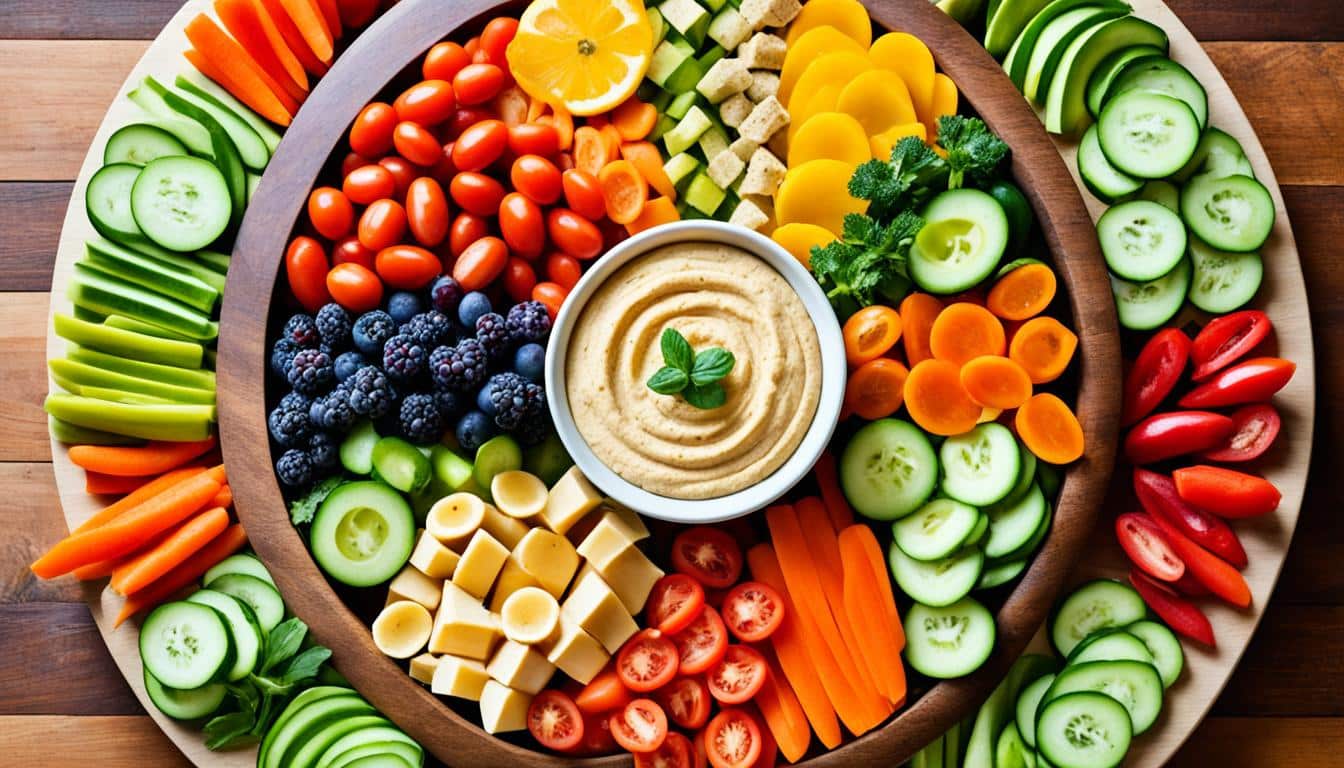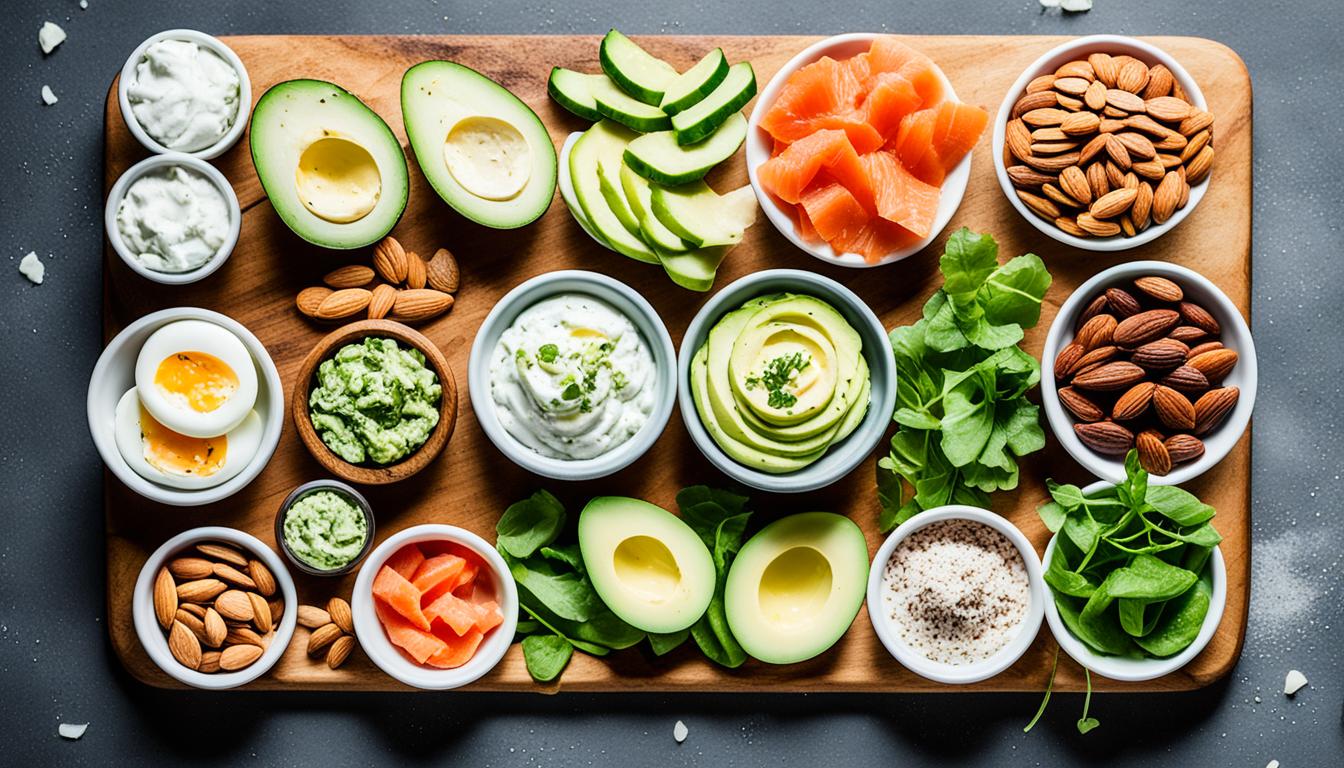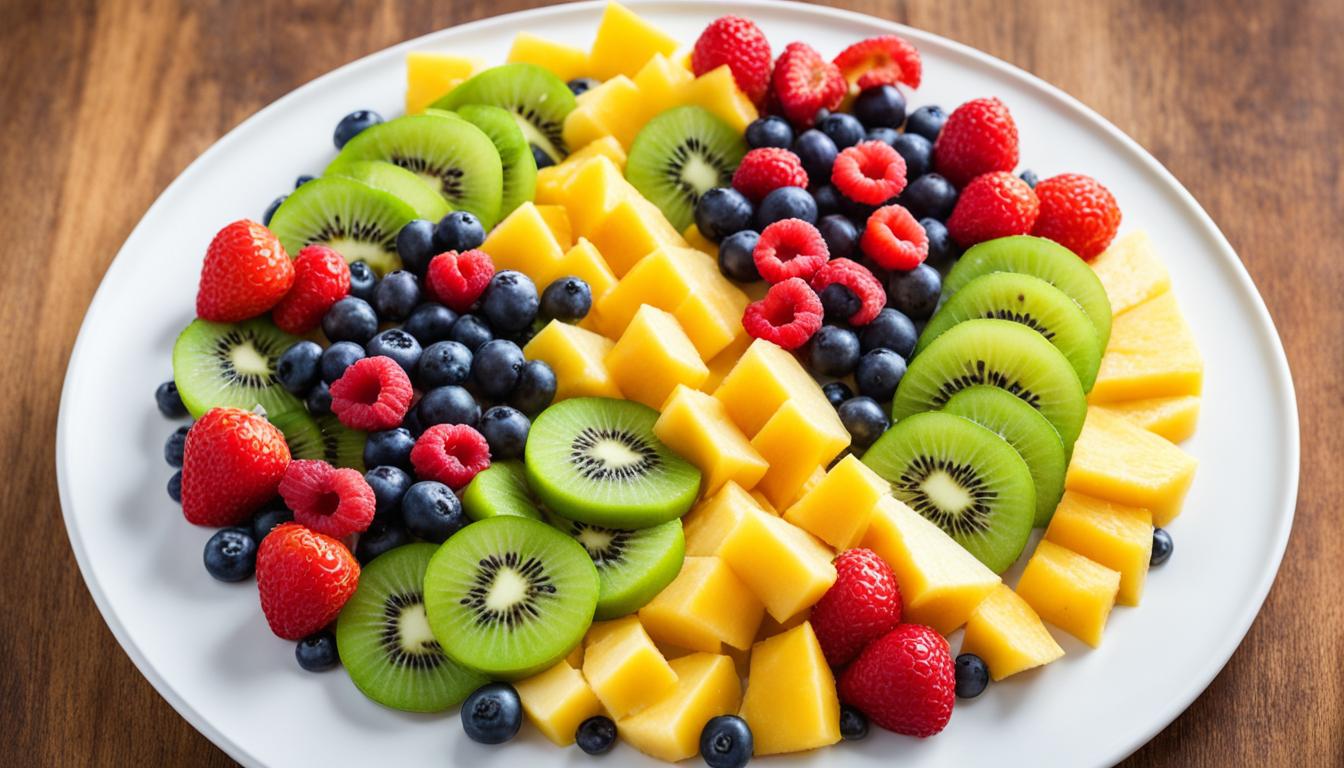Incorporating low-sodium snacks into your diet is essential for maintaining heart health. In this article, we will explore the importance of sodium in our diet and provide a variety of delicious and healthy snack ideas that are low in sodium.
Key Takeaways:
- Including low-sodium snacks in your diet is crucial for heart health.
- Sodium plays a role in various bodily functions, but excessive intake can lead to health issues.
- Choosing whole foods for low-sodium snacks provides essential nutrients for optimal health.
- Reviewing nutrition facts labels helps in selecting low-sodium snack options.
- There are numerous delicious and healthy low-sodium snack options to choose from.
Understanding Sodium and Its Role in the Body
Sodium is an essential nutrient that plays a crucial role in various bodily functions. It is important to differentiate between sodium and salt, as sodium is a component of salt, but not all salt is sodium. Understanding the role of sodium in our bodies can help us make informed choices about our sodium intake and prioritize our heart health.
Sodium plays a vital role in maintaining the body’s fluid balance, nerve function, and muscle contraction. It helps transmit nerve impulses, regulate blood pressure, and maintain the proper functioning of cells. However, excessive sodium consumption can have negative health effects, particularly on cardiovascular health.
The USDA recommends consuming less than 2,300 mg of sodium per day, while the American Heart Association suggests an ideal limit of less than 1,500 mg per day, especially for individuals with high blood pressure. Reducing sodium intake can help lower blood pressure and reduce the risk of heart disease and stroke.
It’s important to note that not all sodium comes from the salt shaker. Sodium is naturally present in many foods, and processed foods often contain high levels of sodium due to added salts and preservatives. By being mindful of our sodium intake and making smart food choices, we can maintain a healthy balance and support our overall well-being.
Let’s take a closer look at the recommended sodium intake levels:
| Age Group | Recommended Sodium Intake |
|---|---|
| Adults (18-50 years) | Less than 2,300 mg per day |
| Adults (51 years and older) | Less than 1,500 mg per day |
| Individuals with high blood pressure, diabetes, or kidney disease | Less than 1,500 mg per day |
| Children (1-3 years) | Less than 1,000 mg per day |
| Children (4-8 years) | Less than 1,200 mg per day |
By being mindful of our sodium intake and making healthier choices, we can take control of our heart health. Let’s continue our journey to explore delicious and healthy low-sodium snack options that will support our overall well-being.
The Relationship Between Sodium and Heart Health
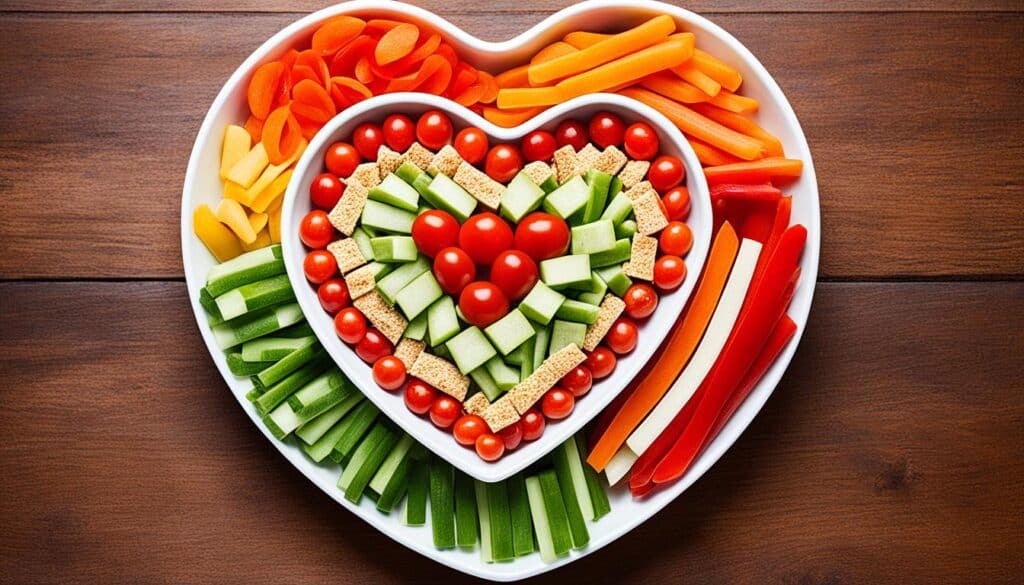
The excessive consumption of sodium can have detrimental effects on cardiovascular health, including the development of high blood pressure, heart disease, and stroke. However, research has shown that by reducing sodium intake, it is possible to lower blood pressure levels and promote overall cardiovascular well-being.
A modest reduction in sodium intake has been proven to be effective in lowering blood pressure, even in individuals with both normal and high blood pressure. Incorporating low-sodium snacks into your diet can make a significant contribution to maintaining cardiovascular health and reducing the risk of heart-related ailments.
The Impact of Sodium on Blood Pressure
High blood pressure, also known as hypertension, is a condition characterized by an excessive force of blood against the walls of the arteries. This puts strain on the heart and can lead to various cardiovascular problems. Sodium plays a crucial role in regulating fluid balance in the body, and consuming excessive amounts can cause fluid retention, leading to increased blood volume and higher blood pressure.
By limiting sodium intake, particularly in the form of processed and packaged foods, individuals can help lower their blood pressure and reduce the risk of hypertension-related complications.
The Benefits of Low-Sodium Snacks
Choosing low-sodium snacks is an effective way to manage cardiovascular health. These snacks are typically made from whole foods that are naturally low in sodium, providing essential nutrients without compromising taste. By opting for low-sodium snack options, individuals can enjoy a wide variety of flavors while supporting their heart health.
Here is an example of a table showcasing popular low-sodium snack options:
| Snack | Sodium Content (per serving) |
|---|---|
| Carrot Sticks with Hummus | 50mg |
| Apple Slices with Almond Butter | 0mg |
| Greek Yogurt with Berries | 8mg |
| Rice Cakes with Avocado | 3mg |
| Trail Mix with Nuts and Dried Fruits | 5mg |
Note: Sodium content may vary depending on the brand and specific product.
By incorporating these low-sodium snacks into your diet, you can maintain a healthy blood pressure and support overall cardiovascular well-being. It is important to read nutrition labels carefully and choose snacks with minimal sodium content to maximize the health benefits.
The Importance of a Heart-Healthy Lifestyle
Reducing sodium intake is just one aspect of maintaining cardiovascular health. It is crucial to adopt a comprehensive heart-healthy lifestyle, which includes regular exercise, a balanced diet rich in fruits and vegetables, and managing stress levels. By making these positive lifestyle choices, individuals are taking proactive steps towards preventing heart disease and promoting overall well-being.
By understanding the relationship between sodium and heart health, individuals can make informed decisions about their diet and take steps towards a heart-healthy lifestyle. Lowering blood pressure through reduced sodium intake can have significant benefits for cardiovascular health, reducing the risk of heart disease and promoting overall well-being.
The Benefits of Whole Foods in Low-Sodium Snacks
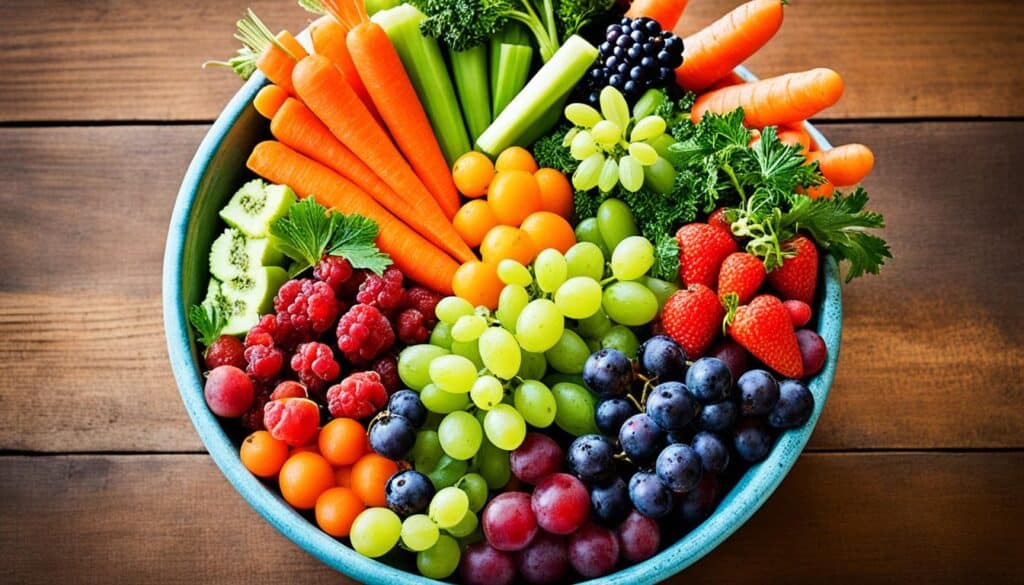
Whole foods, such as fruits, vegetables, nuts, and seeds, are naturally low in sodium and provide essential nutrients needed for optimal health. Incorporating whole foods into your low-sodium snacks not only reduces sodium intake but also offers numerous benefits for your overall well-being.
By opting for whole foods, you can enjoy the following advantages:
- Fiber: Whole foods are rich in fiber, which aids in digestion and helps keep you feeling full for longer periods of time. This can prevent overeating and support weight management.
- Vitamins and Minerals: Whole foods are packed with vitamins and minerals that are vital for various bodily functions. Incorporating a variety of fruits and vegetables in your low-sodium snacks ensures you are getting a wide range of nutrients.
- Antioxidants: Many whole foods are abundant in antioxidants, which help protect the body against cellular damage caused by free radicals. This can reduce the risk of chronic diseases and support overall health.
- Heart Health: Whole foods, especially those rich in potassium, can contribute to heart health by helping to lower blood pressure levels. They are also low in cholesterol and saturated fats, making them heart-healthy choices.
When creating your low-sodium snacks, consider incorporating the following whole foods:
| Whole Food | Description | |
|---|---|---|
| Fruits | Naturally sweet and packed with vitamins, minerals, and fiber. | |
| Vegetables | Provide a variety of nutrients and can be enjoyed raw, roasted, or steamed. | |
| Nuts | Offer healthy fats, protein, and a satisfying crunch. Opt for unsalted varieties. | |
| Seeds | Packed with essential nutrients, such as omega-3 fatty acids and fiber. |
Including these whole foods in your low-sodium snacks not only adds flavor and texture but also nourishes your body with the nutrients it needs to thrive.
Tips for Choosing Low Sodium Snacks
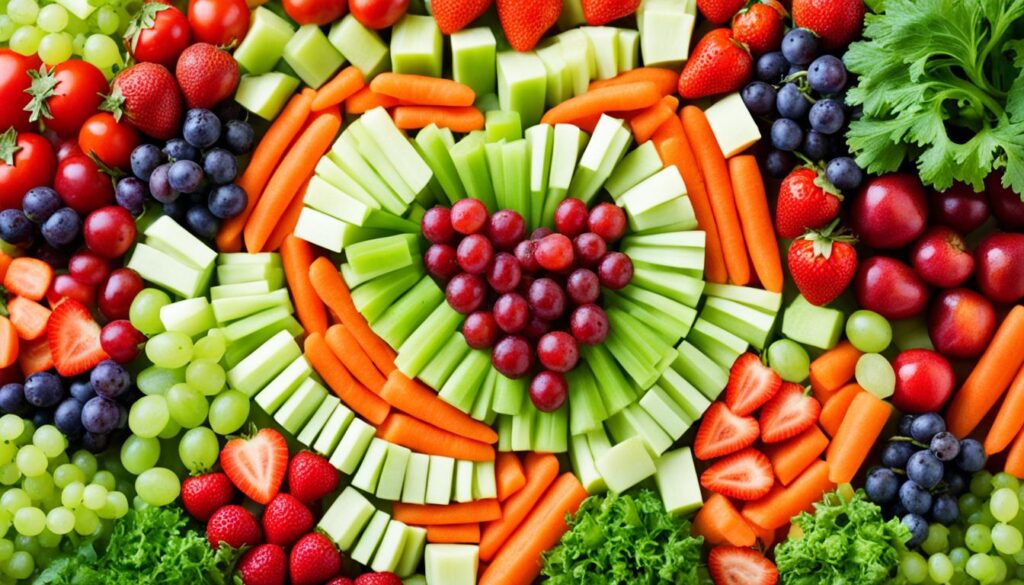
When it comes to maintaining a low-sodium diet, selecting the right snacks is crucial. By carefully reviewing the nutrition facts label and choosing brands that offer low-sodium options, you can enjoy flavorful snacks without compromising your health. Here are some tips to help you make informed choices:
- Check the sodium content: Look for snacks with less than 200 mg of sodium per serving. This will ensure that you are consuming a reasonable amount of sodium and staying within the recommended daily limits.
- Read the labels: Pay close attention to the terms used on food labels, such as “sodium-free,” “low sodium,” and “reduced sodium.” These terms indicate the percentage of sodium reduction compared to the regular version of the product.
- Review the ingredients: Keep an eye out for added sodium, such as monosodium glutamate (MSG) or sodium nitrate. These additives can significantly increase the sodium content of a snack.
- Cook from scratch: Another way to reduce your sodium intake is by cooking your own low-sodium snacks at home. By using alternative spices and herbs in place of salt, you can add flavor to your snacks without the extra sodium.
By following these tips, you can make smarter choices when it comes to selecting low-sodium snacks. Remember to be mindful of the sodium content and always review the nutrition facts label before making a purchase.
Comparison of Low-Sodium Snack Brands
| Snack Brand | Sodium Content per Serving (mg) |
|---|---|
| Brand A | 135 |
| Brand B | 95 |
| Brand C | 185 |
| Brand D | 220 |
“Choosing low-sodium snacks doesn’t mean compromising on taste. With the right information, you can find delicious snacks that support your low-sodium lifestyle and contribute to your overall health.” – Nutritionist Jane Smith
Healthy and Delicious Low Sodium Snack Ideas
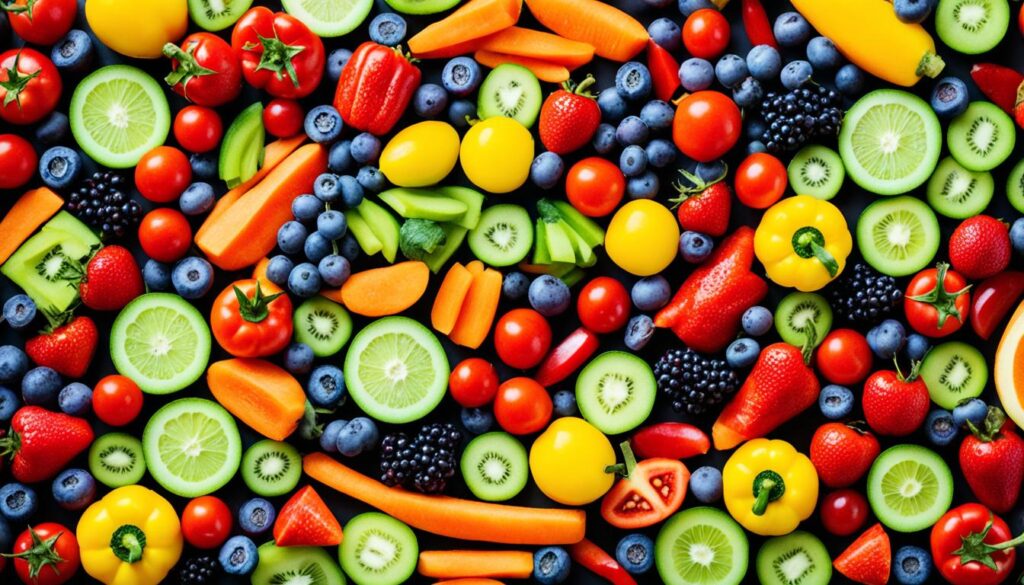
When it comes to snacking, it can be challenging to find options that are both healthy and low in sodium. However, there are plenty of delicious alternatives available that can satisfy your cravings while supporting your heart health. Here are some tasty low sodium snack ideas to consider:
- Edamame: These young soybeans are packed with protein and fiber, making them a satisfying and nutritious snack. Simply steam or boil them and sprinkle with a touch of sea salt for flavor.
- Stuffed Avocado: Avocados are not only creamy and delicious but also a good source of healthy fats. Fill halved avocados with your favorite low-sodium ingredients, such as diced tomatoes, chopped cilantro, and a squeeze of lime juice.
- Pear with Low-Fat Swiss Cheese: Pairing a ripe pear with slices of low-fat Swiss cheese creates a sweet and savory combination that is both refreshing and satisfying. This snack provides a good balance of carbohydrates, protein, and healthy fats.
- Grapes and Almonds: Combine the natural sweetness of grapes with the crunch of almonds for a delicious and heart-healthy snack. Grapes are low in sodium and packed with antioxidants, while almonds provide healthy fats and protein.
- Almond Butter Stuffed Dates: Pit dates and stuff them with almond butter for a tasty and nutritious treat. Dates are naturally sweet and offer dietary fiber, while almond butter provides protein and healthy fats.
These low-sodium snacks are not only flavorful but also provide a balance of macronutrients and essential nutrients that support heart health. Incorporating these snacks into your diet can help you satisfy your cravings while maintaining a low-sodium intake.
Satisfying Crunchy Low Sodium Snacks
If you enjoy crunchy snacks, there are plenty of low-sodium options to choose from. Incorporating crunchy snacks into your diet can provide a satisfying and enjoyable snacking experience without compromising your sodium intake.
- Air-popped popcorn: Air-popped popcorn is a delicious and guilt-free snack option. It is low in sodium and calories, making it a perfect crunchy snack for those watching their sodium intake. The light and airy texture of popcorn provides a satisfying crunch without the excessive sodium content found in many packaged snacks.
- Rice cakes: Rice cakes are another great low-sodium snack option. They are made from puffed rice and come in various flavors. Rice cakes are crispy, light, and satisfying, making them an excellent choice for those looking for a crunchy snack without the added sodium.
- Unsalted nuts: Nuts are not only packed with nutrients but can also satisfy your crunchy snack cravings. Opt for unsalted nuts like almonds, walnuts, or cashews. They provide a healthy dose of fats, protein, and fiber, without the added sodium.
- Roasted chickpeas: Roasted chickpeas are a crunchy and flavorful snack that is low in sodium. They are packed with protein and fiber, making them a nutritious and satisfying option. You can easily make roasted chickpeas at home by tossing them with olive oil and your favorite spices before roasting them in the oven.
These low-sodium crunchy snacks not only provide a satisfying crunch but also offer a healthier alternative to traditional packaged snacks. Incorporate these options into your snacking routine to enjoy the deliciousness of crunchy snacks without the excessive sodium content.
Low Sodium Snacks for On-the-Go
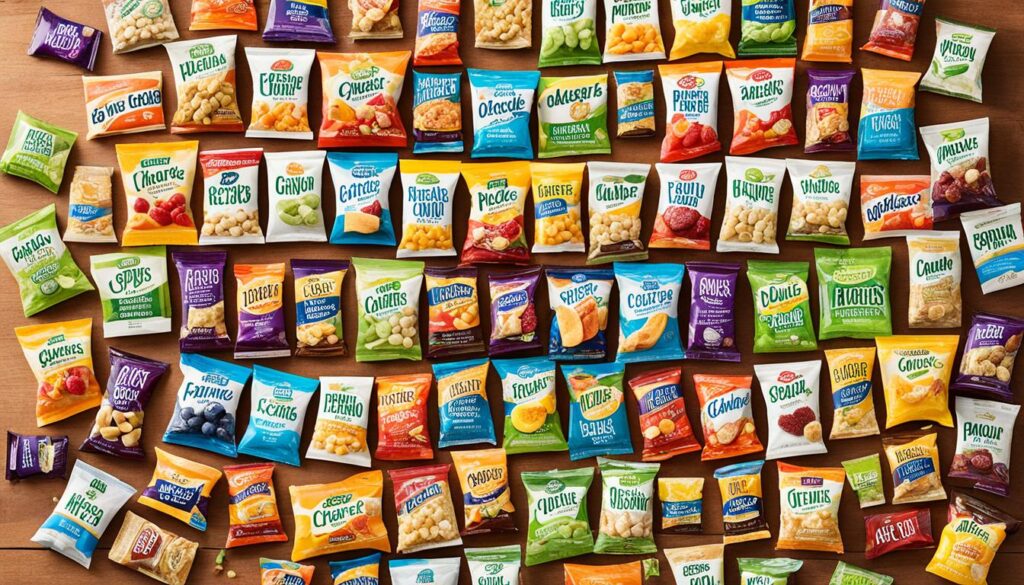
When you’re on-the-go, it can be challenging to find healthy low-sodium snacks. However, there are options available that can satisfy your cravings while maintaining a low-sodium diet. Here are some suggestions:
1. Whole Food Snack Bars
If you’re looking for a convenient and nutritious option, whole food snack bars are a great choice. These bars are typically made with natural ingredients and provide a balanced combination of protein, fiber, and healthy fats. Look for bars that are low in sodium and free from artificial additives and preservatives.
2. Dried Fruit (without added sugars)
Dried fruit is a portable and delicious snack that can provide a burst of natural sweetness. Opt for dried fruit varieties without added sugars to keep the sodium content low. Fruits like apricots, raisins, and mangoes are excellent options that are rich in vitamins, minerals, and dietary fiber.
3. Low-Sodium Jerky
If you’re a fan of savory snacks, low-sodium jerky can be a satisfying option. Look for jerky made from lean cuts of meat and without excessive amounts of salt. The drying process helps preserve the flavor and nutrients of the meat, making it a protein-packed snack that can keep you energized throughout the day.
| Snack Option | Description |
|---|---|
| Whole Food Snack Bars | Convenient bars made with natural ingredients, providing a balance of protein, fiber, and healthy fats. |
| Dried Fruit (without added sugars) | Portable and delicious snack options that provide natural sweetness and essential nutrients. |
| Low-Sodium Jerky | Protein-packed snack made from lean cuts of meat, perfect for those who enjoy savory flavors. |
When choosing packaged snacks, always read the nutrition labels to ensure they meet your low-sodium requirements. Look for snacks with minimal sodium content and avoid those high in added sugars and unhealthy fats.
Conclusion
Incorporating low-sodium snacks into your diet is a crucial step towards maintaining heart health. The relationship between sodium intake and heart disease is well-established, and reducing salt intake can significantly lower the risk of cardiovascular problems.
When selecting snacks, opt for whole foods that are naturally low in sodium. Fruits, vegetables, nuts, and seeds not only have minimal sodium content but also provide essential nutrients for optimal health. By choosing these heart-healthy options, you can support your overall well-being while satisfying your snack cravings.
Reading nutrition labels is essential in identifying low-sodium snacks. Look for brands that offer specifically low-sodium options, and check for sodium content per serving. Stay informed about terms such as “sodium-free,” “low sodium,” and “reduced sodium” to make informed choices.
Embracing a heart-healthy diet doesn’t mean sacrificing taste. There are numerous low-sodium recipes available that are both delightful and beneficial for your heart. Incorporating these recipes into your routine can help you maintain a balanced diet while reducing salt intake. By adopting a heart-healthy lifestyle and making mindful food choices, you can protect your heart and promote your overall well-being.
Also Refer : Healthy Fruit Salad Recipe: Fresh & Nutritious
FAQs
Q: What are the benefits of consuming healthy low-sodium snacks for heart health?
A: Consuming healthy low-sodium snacks can help in managing high blood pressure, reducing the risk of heart disease, and maintaining a healthy heart. These snacks are also beneficial for individuals following a low sodium diet or trying to reduce their daily sodium intake.
Q: What are some examples of heart-healthy snacks low in sodium?
A: Heart-healthy low-sodium snacks can include fresh fruits, such as apples or berries, unsalted nuts, plain yogurt, air-popped popcorn, and vegetable sticks with hummus. These snacks are satisfying and support a heart-healthy diet.
Q: How can I incorporate high-sodium snacks into my diet without compromising heart health?
A: You can incorporate high-sodium snacks into your diet by consuming them in moderation and balancing them with lower sodium options. It’s also important to be mindful of the overall sodium content in your diet and aim to choose predominantly low-sodium options.
Q: What is the recommended daily sodium intake for adults, especially those with high blood pressure?
A: The recommended daily sodium intake for adults, particularly those with high blood pressure, is generally around 1500 mg of sodium per day. However, it’s essential to consult a dietitian or healthcare professional for personalized recommendations based on individual health needs.
Q: How can I find the best low-sodium snacks for a heart-healthy diet?
A: To find the best low-sodium snacks for a heart-healthy diet, look for options labeled as “low sodium” or “no added salt.” Additionally, consider seeking guidance from a registered dietitian who can provide tailored recommendations based on your dietary preferences and health goals.
Q: Why are heart-healthy snacks low in sodium important for individuals with high blood pressure?
A: Heart-healthy snacks low in sodium are important for individuals with high blood pressure because they help in reducing the overall sodium intake, which can contribute to better blood pressure management and heart health. These snacks support a low sodium diet, which is beneficial for individuals with high blood pressure.
Q: Can you suggest some satisfying low-sodium snacks that are also delicious?
A: Some satisfying low-sodium snacks that are also delicious include roasted chickpeas, homemade trail mix with unsalted nuts and dried fruits, whole grain crackers with low-sodium cheese, and Greek yogurt with honey and fruits. These snacks provide a flavorful and satisfying option for those following a low-sodium diet.
Q: How can I incorporate salt snacks into my diet while managing sodium intake?
A: You can incorporate salt snacks into your diet while managing sodium intake by being mindful of portion sizes and frequency of consumption. Additionally, consider balancing salt snacks with other low-sodium and healthy options to help maintain a balanced and heart-healthy diet.
Q: Where can I find a variety of heart-healthy low sodium snacks for purchase?
A: You can find a variety of heart-healthy low sodium snacks for purchase at health food stores, specialty grocery stores, and online retailers that cater to healthy eating and dietary restrictions. Look for snacks specifically labeled as low in sodium or seek recommendations from a healthcare professional or registered dietitian.
Q: Are there specific recommendations on how to lower sodium in snacks for heart health?
A: To lower sodium in snacks for heart health, consider using herbs, spices, or citrus flavors to enhance taste without adding extra salt. Additionally, choose fresh or minimally processed ingredients and avoid adding salt during preparation. Opt for low-sodium or sodium-free versions of ingredients when available and read food labels to identify sodium content.









